We’ve based ourselves in Ghent, a convenient centrepoint for trips to Brussels, Ypres and Brugge. It’s one of the largest cities in Belgium with a well-preserved historical centre. After a big couple of days in London we opted to stay local for our first day.
Ghent was one of the largest and richest cities in Europe in the 1300s with 50,000 people. The name ‘Ghent’ is believed to be derived from the Celtic word for ‘confluence’, reflecting the meeting of the Leie and Scheldt Rivers. It was a vibrant port and played an important role in the wool industry, but by the late 1500s the city had become less important in the region. As development stalled the buildings were preserved.
Many years later in the 19th Century, Ghent became an industrial heart of Belgium. It was the second area in Europe to industrialise after plans for the cotton spinning mills were stolen from England and brought to the city.
While water is a major feature of the city, it’s not for drinking. Historically the water was so polluted that the locals couldn’t drink it. Instead, they drank beer…
Today, the Leie River provides the perfect focal point for boat tours, allowing tourists to see the architecture, bridges and historical sites from the water. We decided to make the most of the blue skies! The tour took us along the Leie, past Gravensteen and through some of the adjoining waterways – every turn had a sense of respectful preservation of the city.
The architecture has the distinct stepped gables that originated in Ghent in the 12th Century. The majority are stone, with only one wooden building remaining in the city centre. Everything is old and limited to 5-6 stories, retaining a sense of the original skyline.
The city has retained it’s history through re-use, rather than redevelopment. Old buildings have been repurposed to provide restaurants, hotels and shopping areas. Apparently this is often controversial, however any opportunity to breathe new life and retain a site has to be better than letting it go to ruin.
St Michael’s Bridge is in the centre of the town and provides some of the best views of the river and city sights. The bronze statue in the centre of the bridge is Saint Michael as an angel driving a dragon and evil spirits from heaven.
Looking East, the three towers that mark the city skyline are neatly lined up – St Nicholas’ Church, the Belfry and St Bavo’s Cathedral. St Nicholas’ Church is an imposing bluestone gothic style church built in the 13th Century. The Ghent Belfry was built in the 14th Century and is a recognised UNESCO World Heritage site. From the 15th Century it was the main watchtower for the city, where the corps of ‘men who guard the city’ and bell ringers served to warn of danger such as fire.
The Gravensteen or ‘Castle of the Counts’ is the only remaining mediaeval castle in Flanders, complete with a moat, gatehouse and torture chambers. Count Philip of Alsace built the castle in 1180, twice as high as any other building in Ghent to show everyone in the area that he was was boss. It’s 24 towers are definitely imposing! Over the years it has been repurposed as a court, prison, a mint, and a cotton factory.
Inside, the Gravensteen has been restored and shares the history of Philip and the torture that transpired here. Somehow his bedroom and chainmail nightwear seem as cold as the torture chamber and the stories of mass beheadings, boilings and other acts of torture are horrific and incomprehensible. It sounds like Philip quite enjoyed the opportunity to exert his authority!
Late Sunday afternoon, time for a run around the city. It was a beautiful afternoon with lots of tourists and locals out enjoying the cool clear weather. There was a band playing in the Citadel Park, while people were cycling, walking and canoeing in the canals.
The cobblestones were a bit ‘trail meets road’ and kept me very focused on footing while trying to spot different aspects of the city. The wallpaper shops were an unexpected retail presence, the Rabot that would have run over the canal was strengthened after Maximillian of Austria tried to sieze the city in 1488, while other intriguing statues have little information about their history.
The day wouldn’t have been complete without one Belgian treat… walking past a bakery and Bonnie Bonne mentions that they’re making ‘Kramiek’. Of course, that means you have to try it – a very tasty brioche style bun with raisins, having learned the hard way that Belgian’s have not heard of ‘sultanas’!
Day 1 in Belgium complete. A lot of ground covered in a very small area!
Love M & BBx
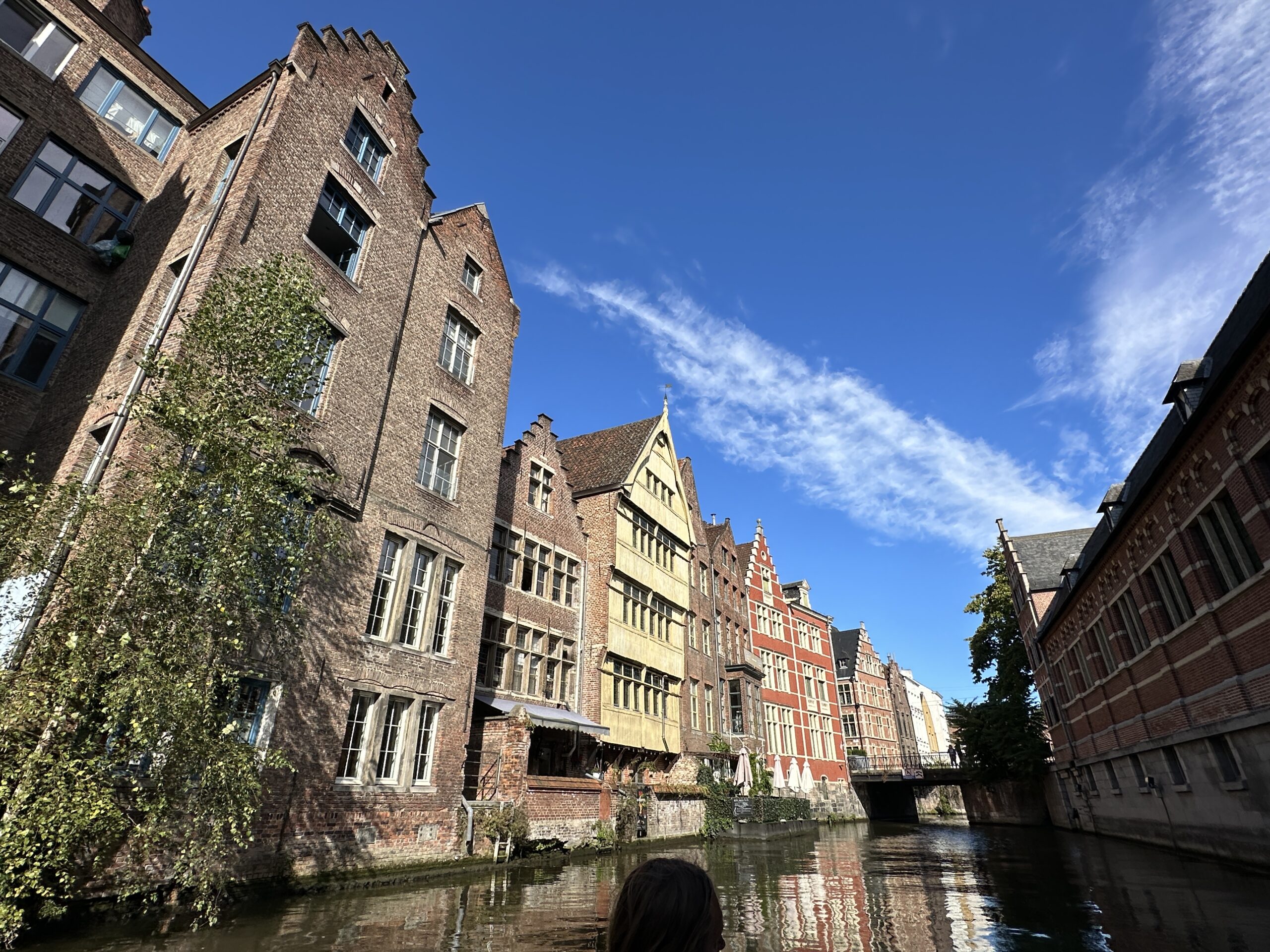
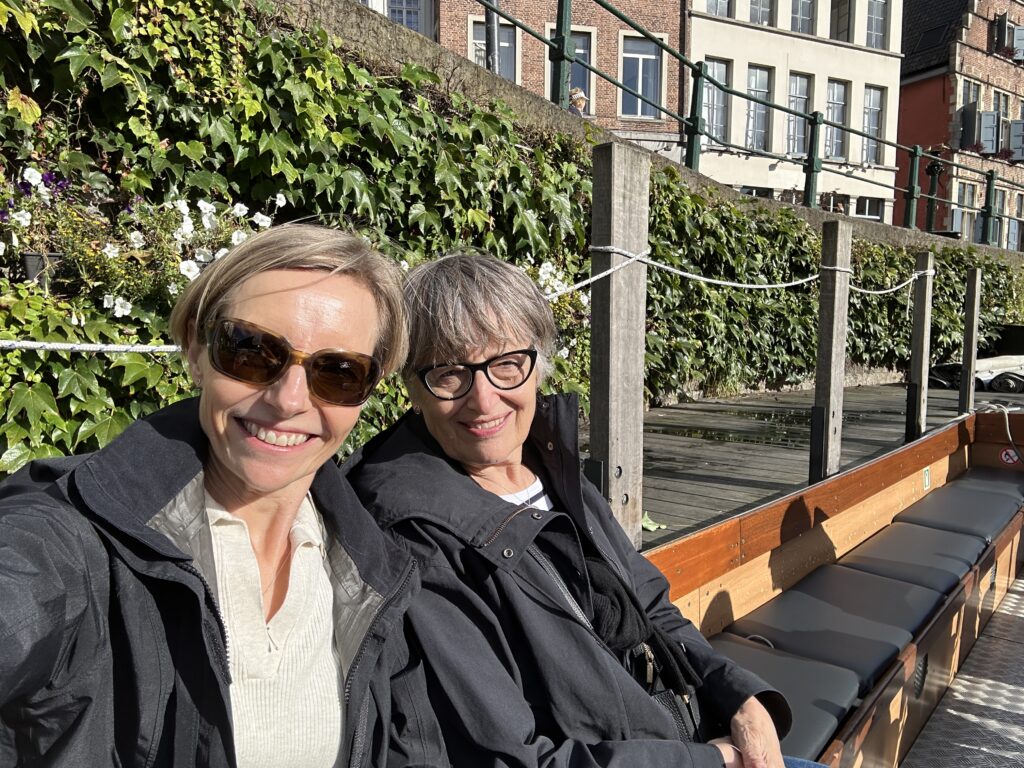

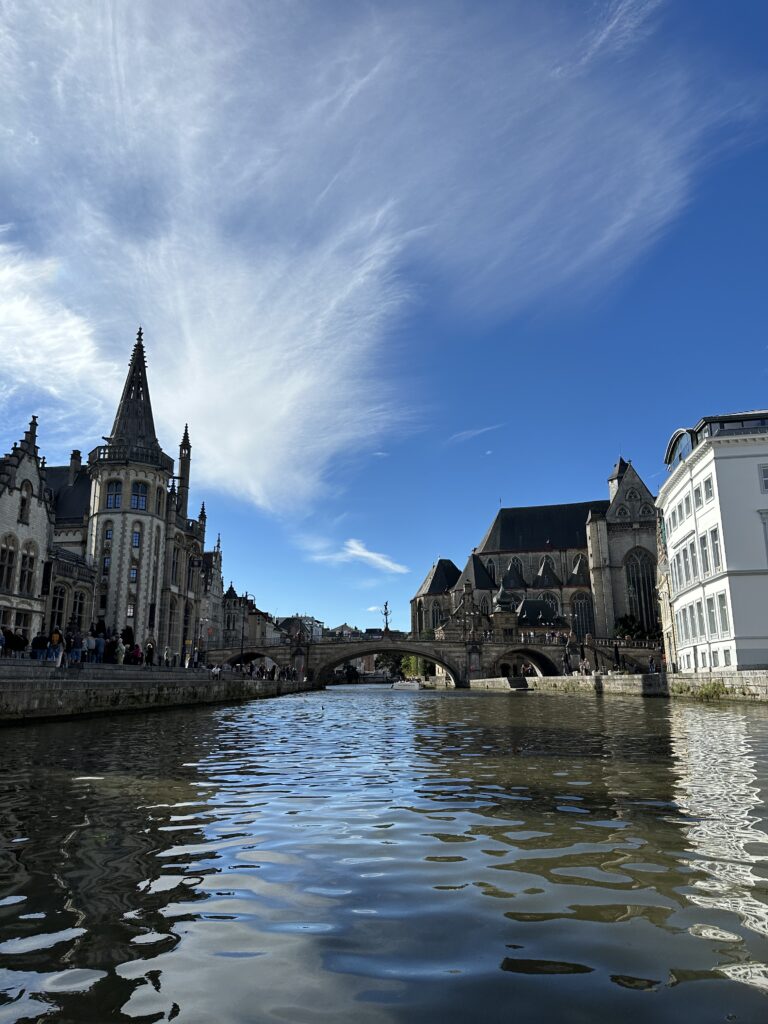
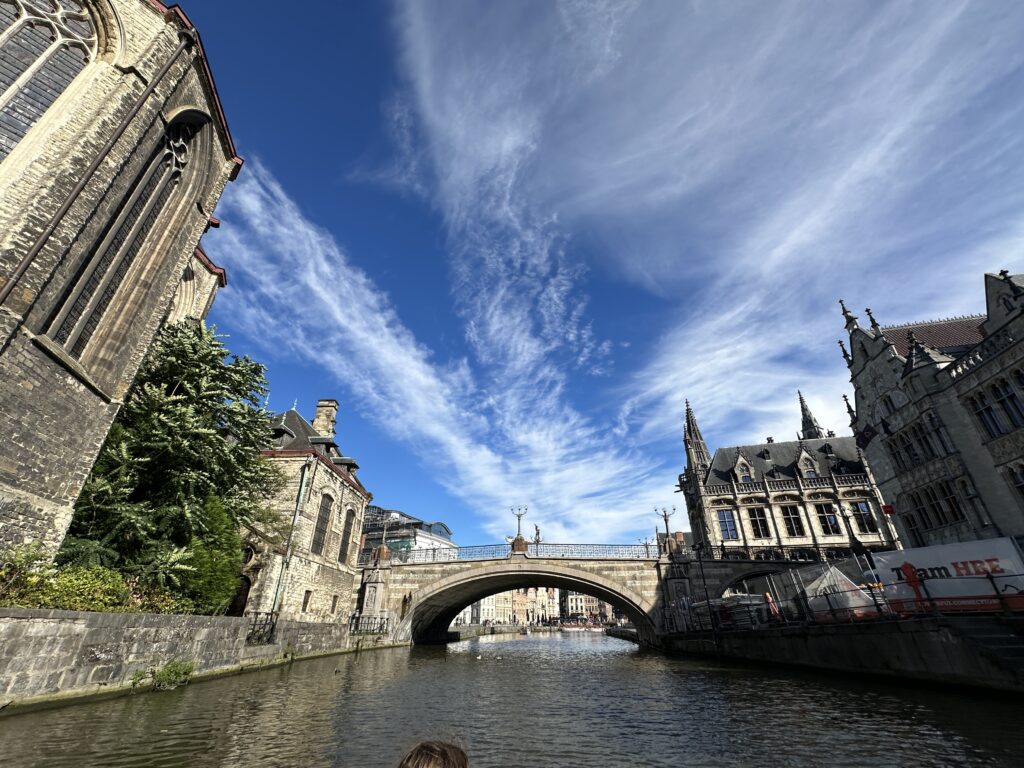
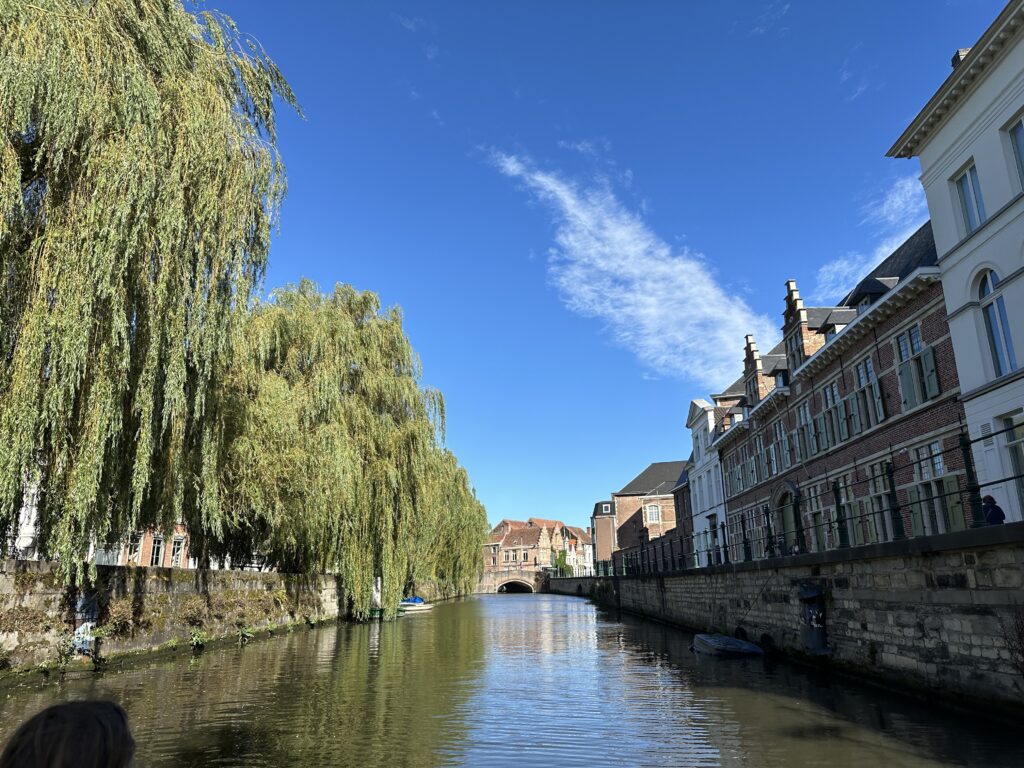


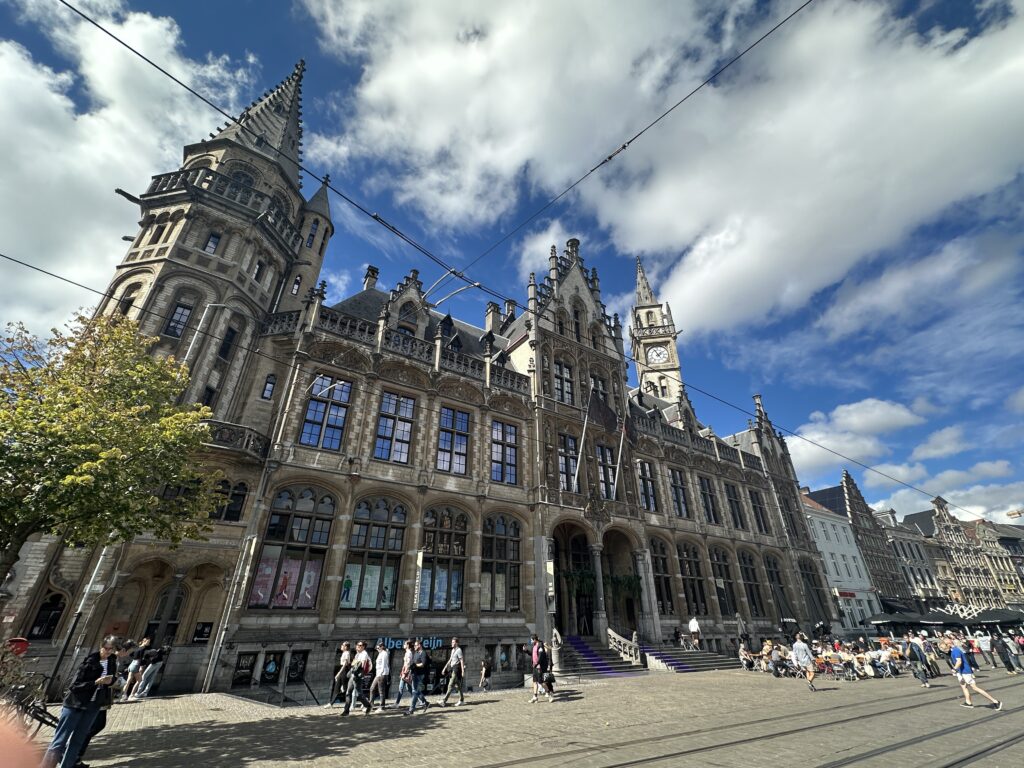



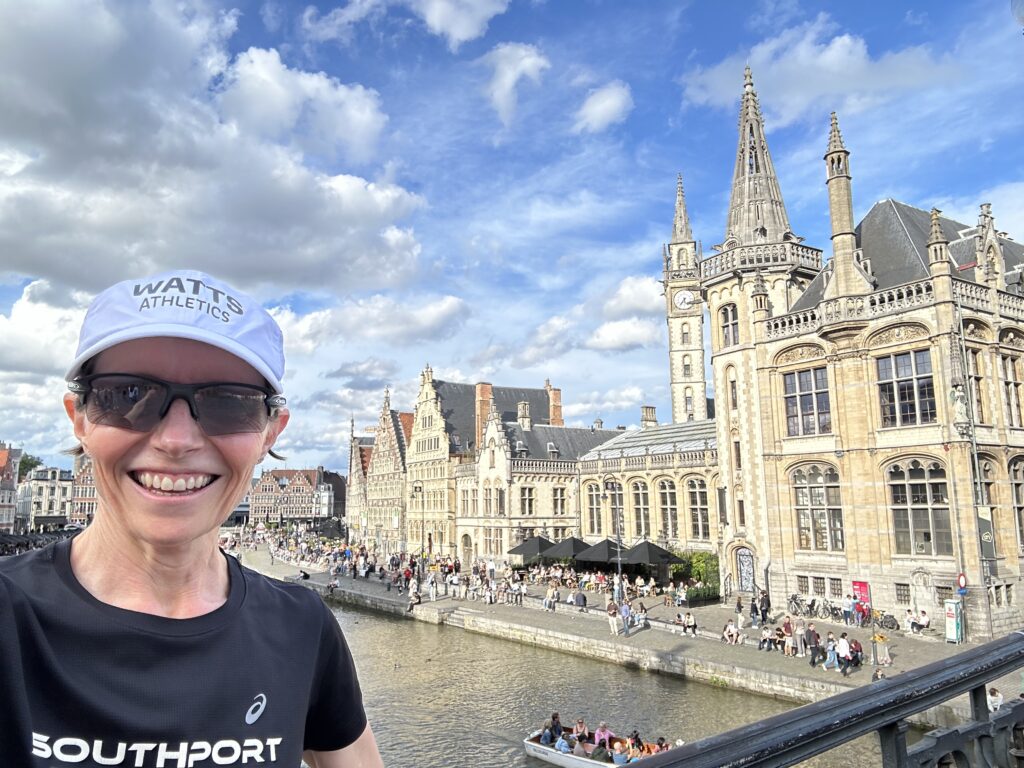
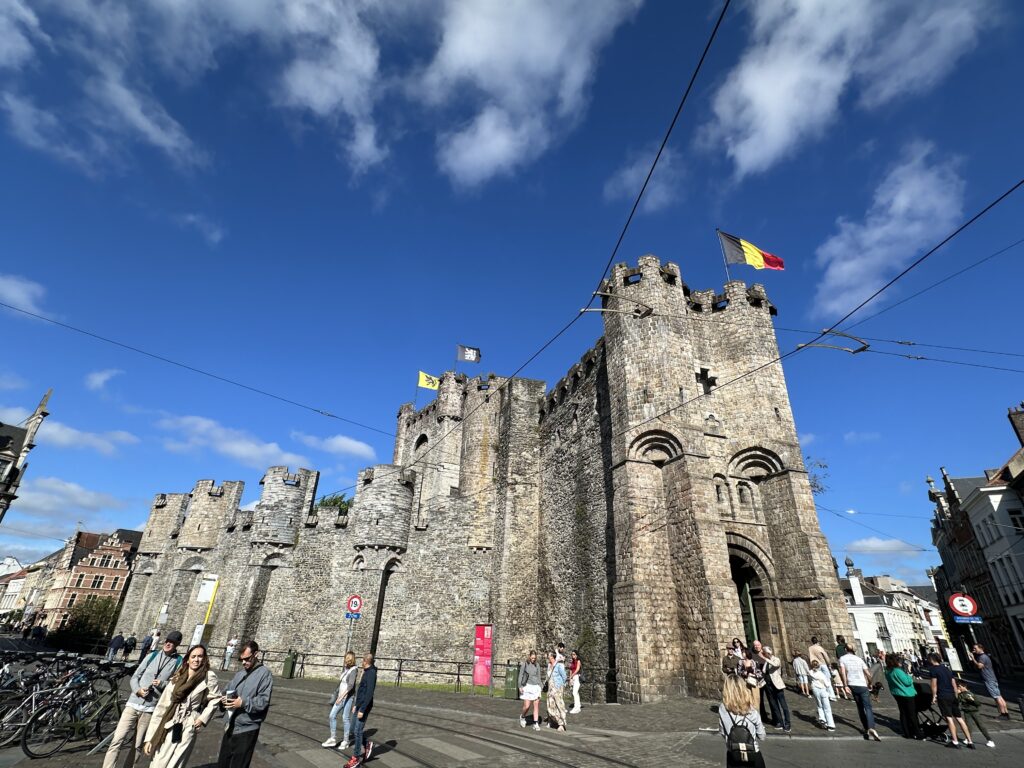

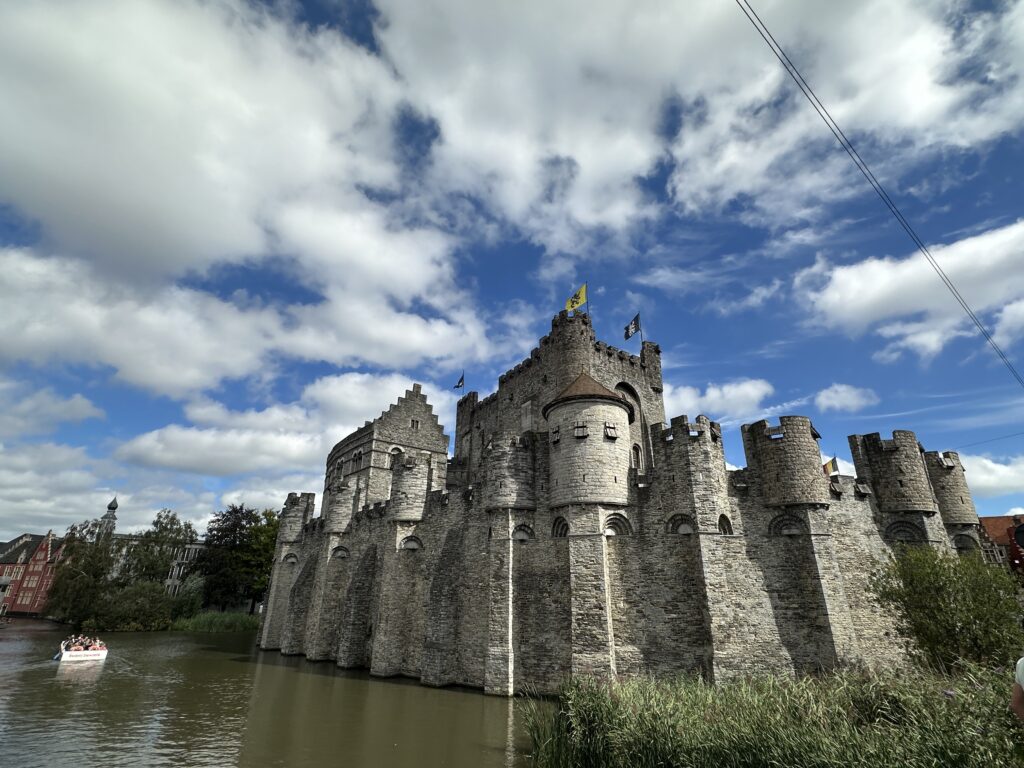
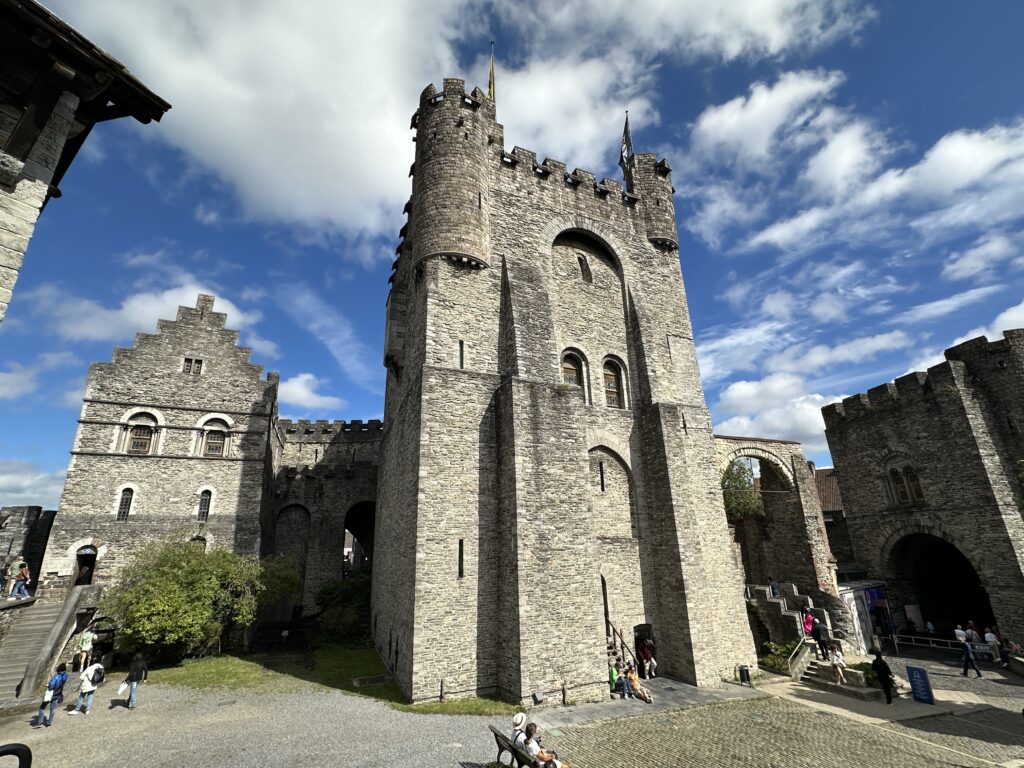
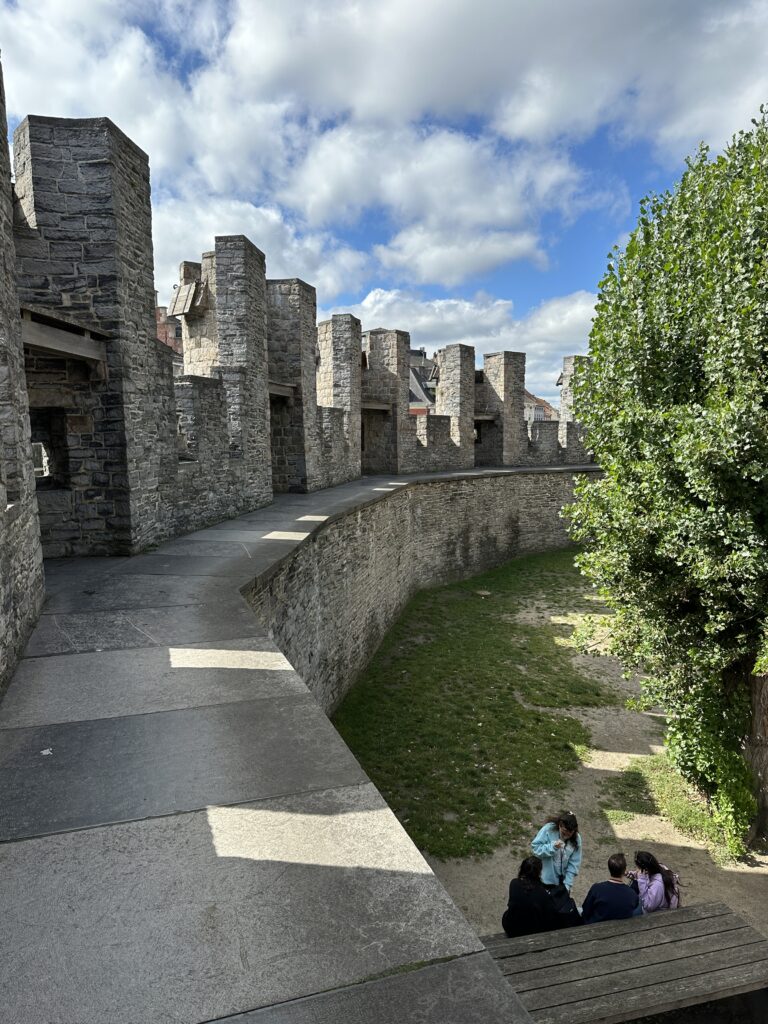


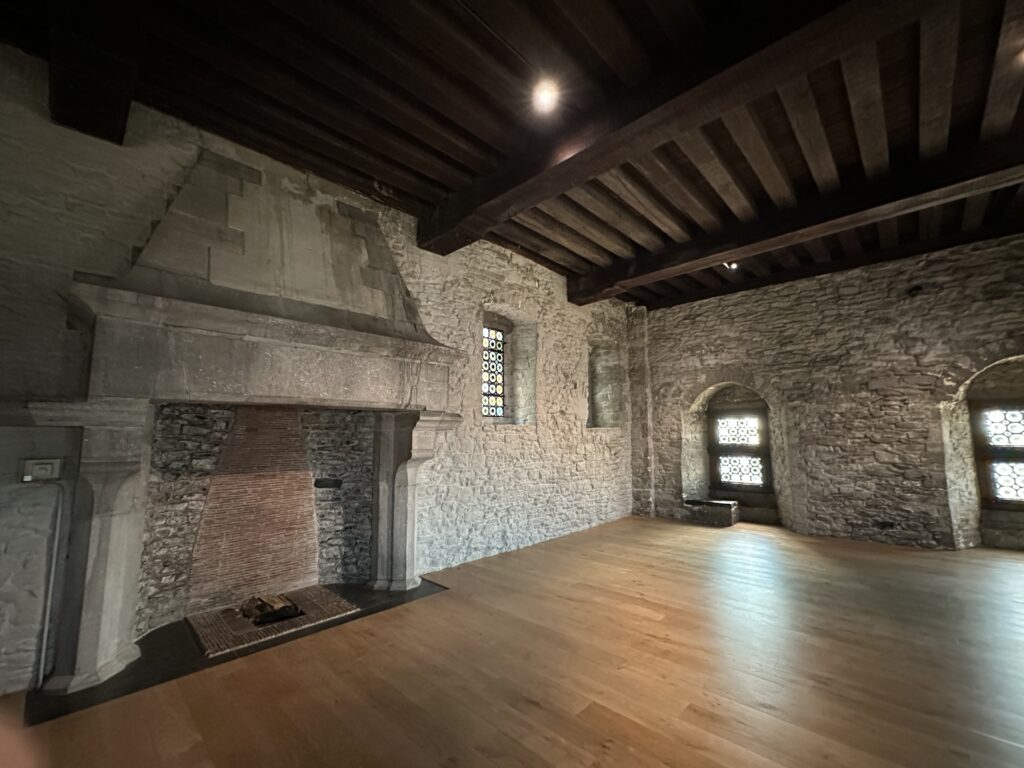
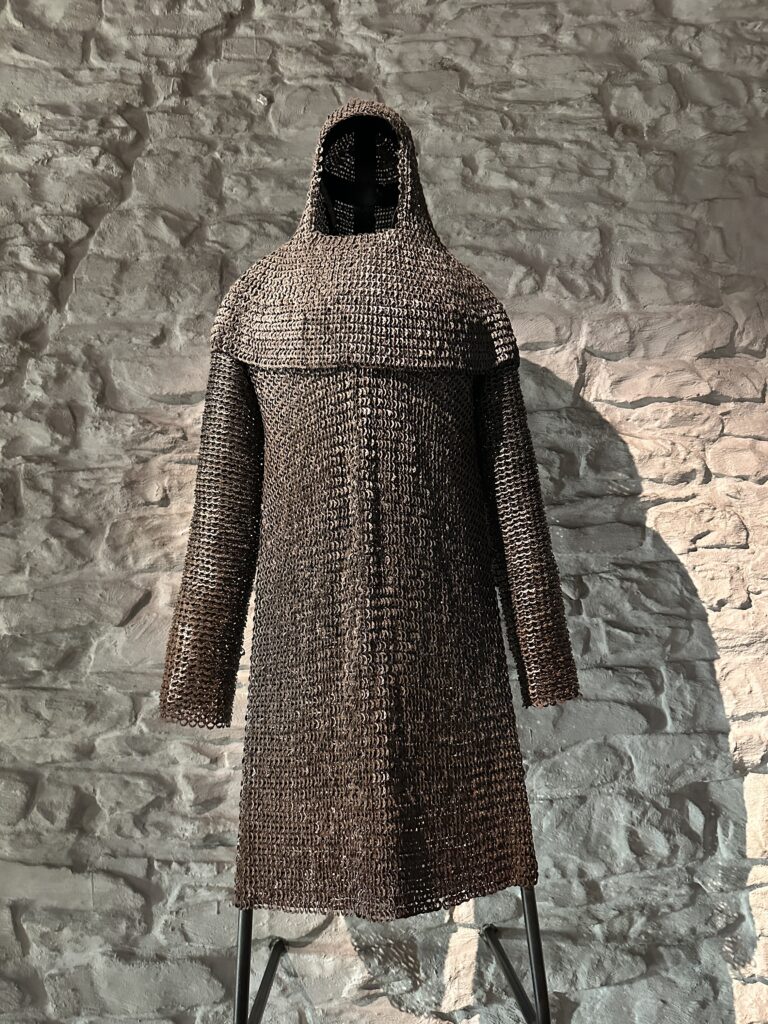

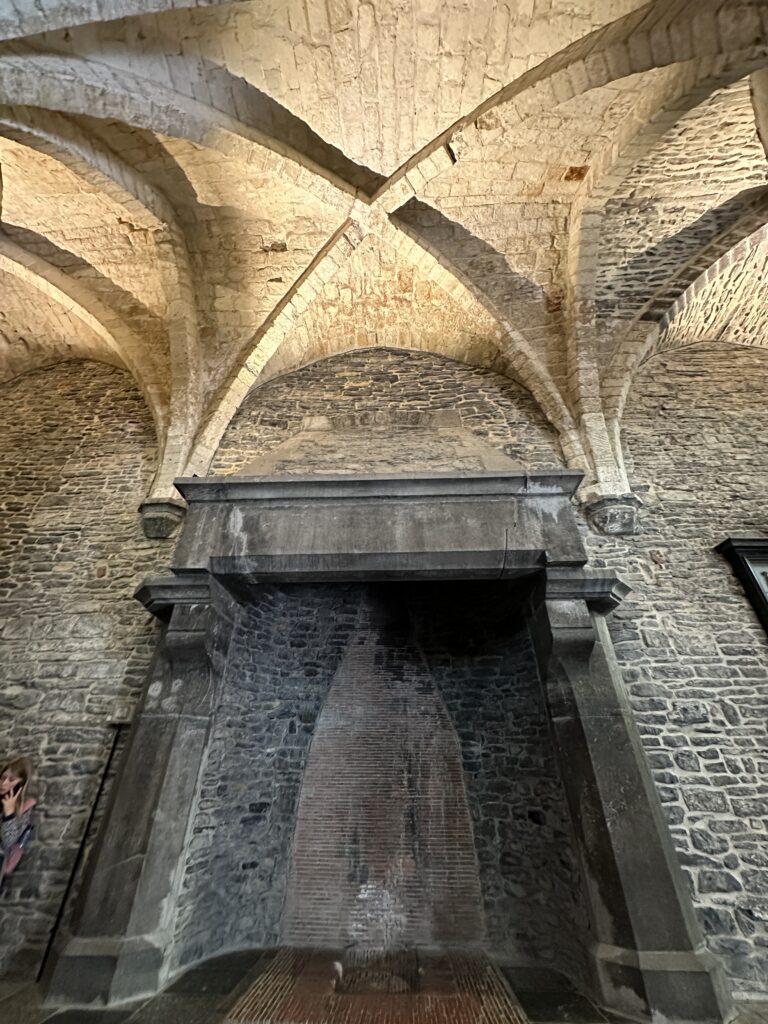
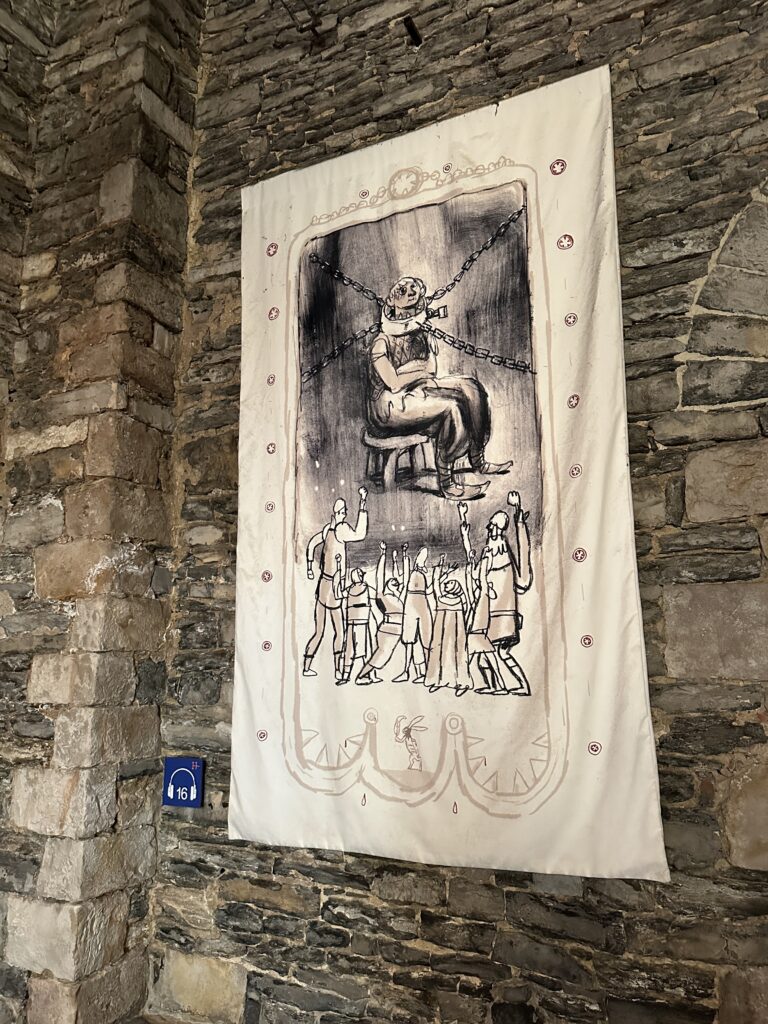

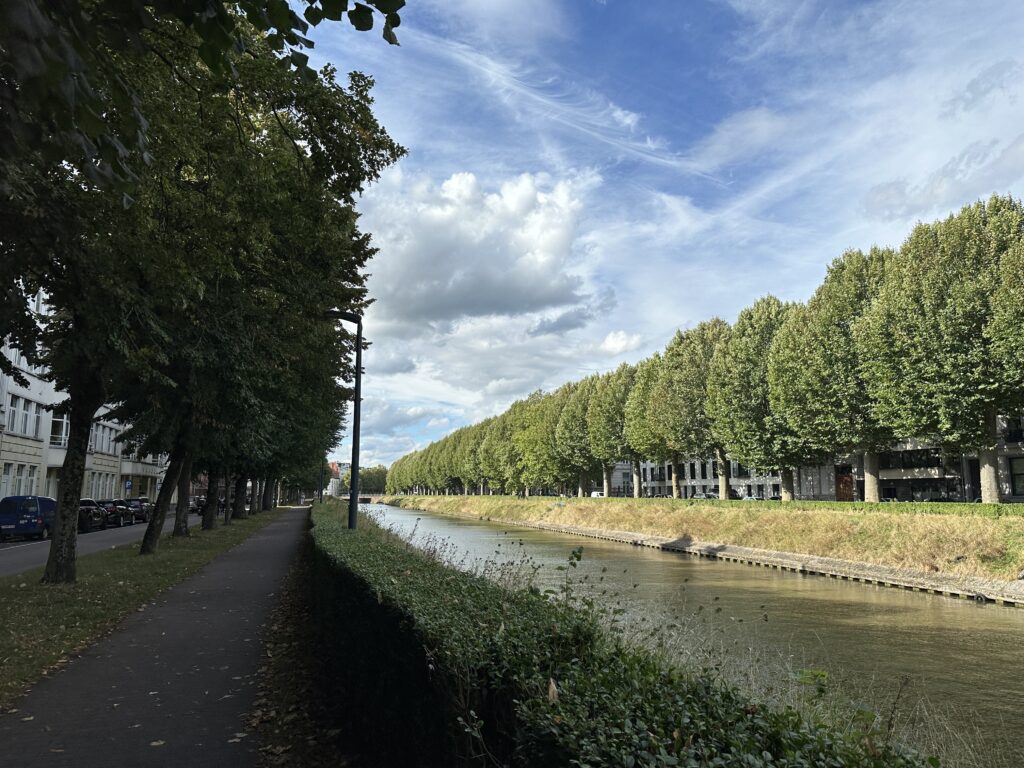
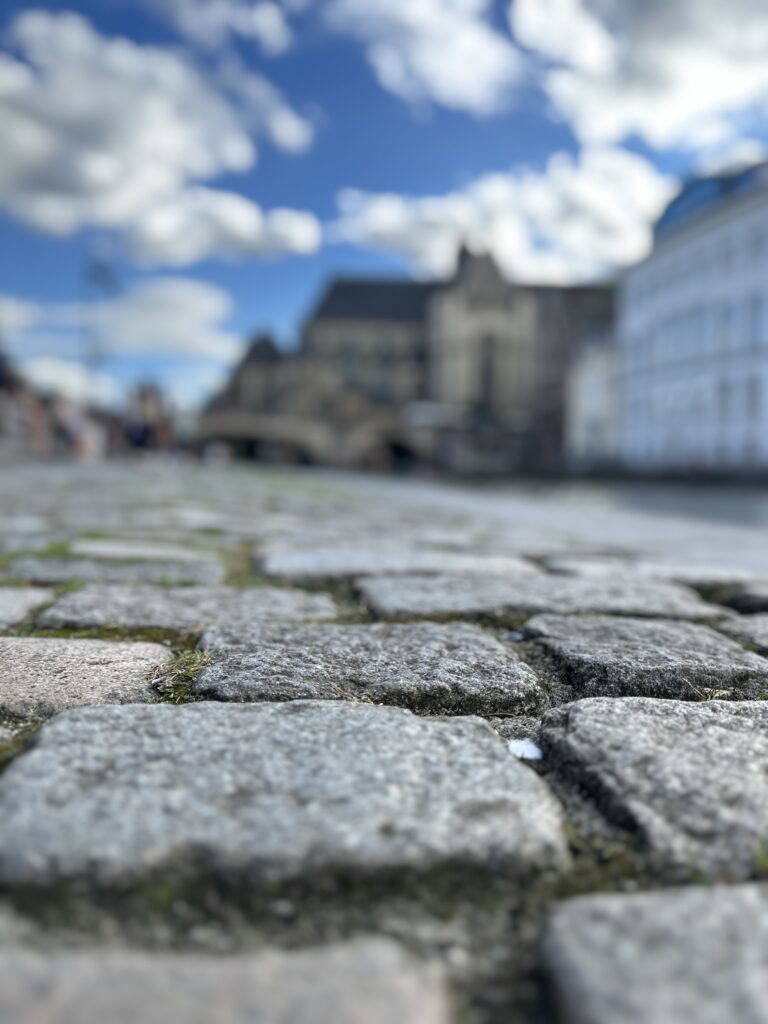
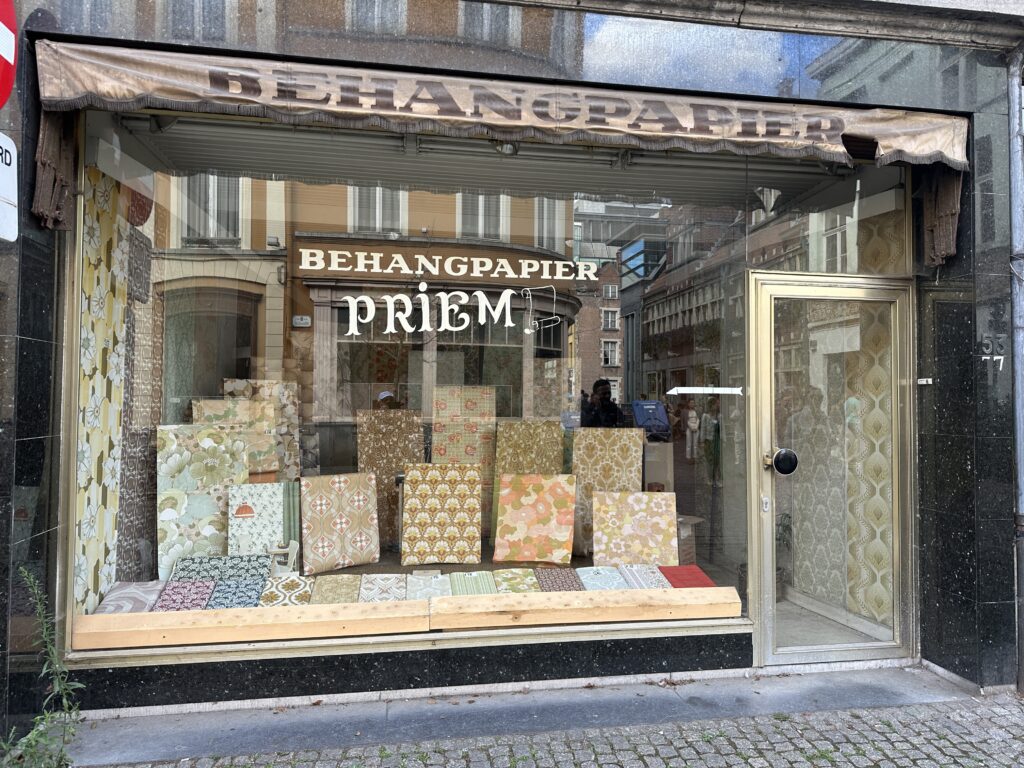
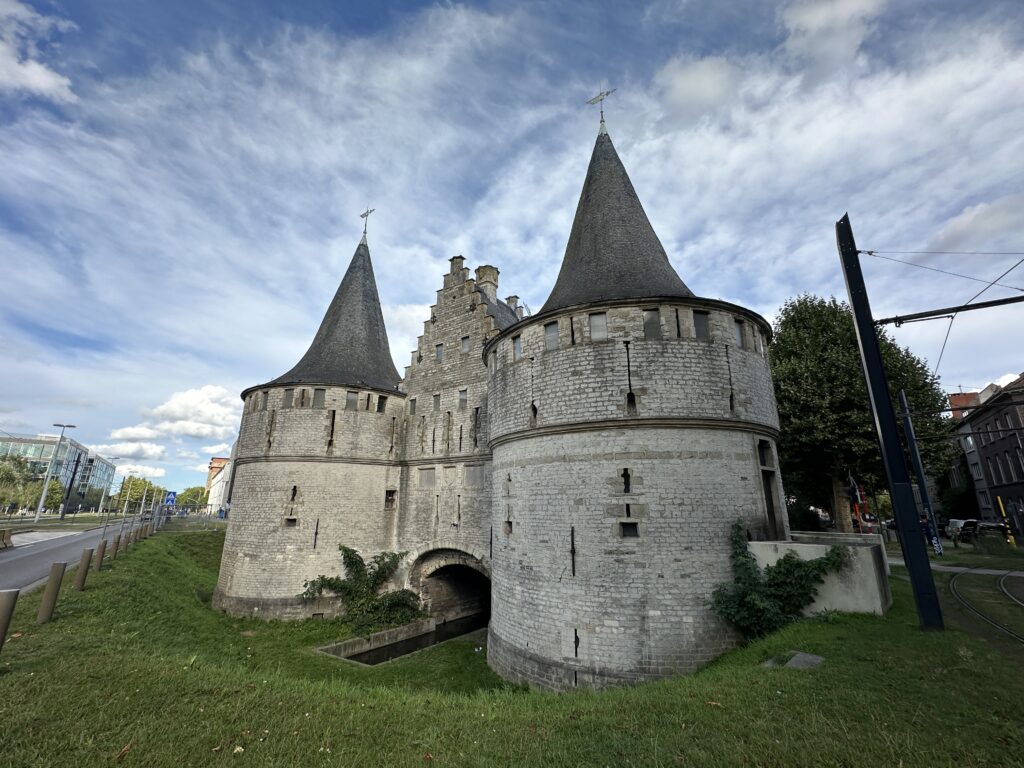
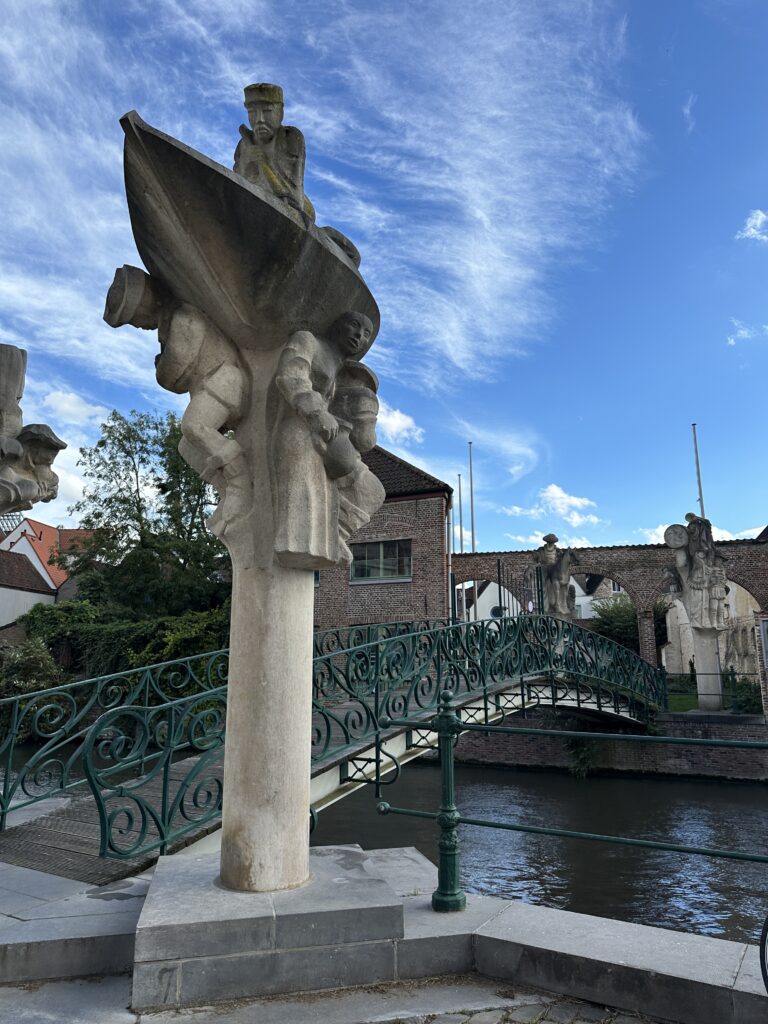


Comments are closed